Rebecca MorelleScience Editor and Alison FrancisSenior Science Journalist

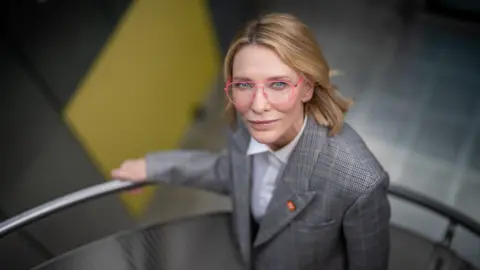 Tony Jolliffe/BBC News
Tony Jolliffe/BBC News
Cate Blanchett has teamed up with Kew's Millennium Seed Bank
She's a Hollywood A-lister, with a mantelpiece groaning under the weight of awards. But Cate Blanchett has taken an unexpected diversion from her day job - to immerse herself in the world of the humble seed.
Her eyes light up as she enthuses about the banksia species from her native Australia.
"It's quite a brutal looking seed pod that only releases its seed in extremely high temperatures," she tells us.
"It does look like a cross between a mallet and a toilet brush. So they're not always pretty, but yet what comes out of them is so spectacular."

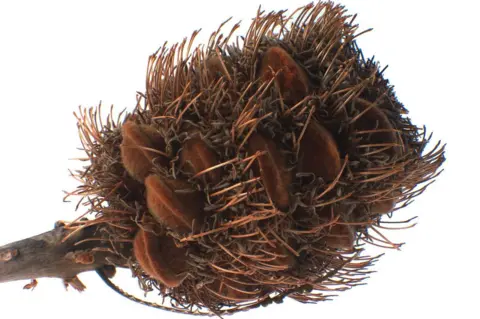 RBG Kew
RBG Kew
Australia's banksia seed pods explode open after being exposed to fire
We meet her at Kew's Millennium Seed Bank (MSB) at Wakehurst botanic garden in Sussex. She lives locally and teamed up with the project as it celebrates its 25th anniversary.
"Really, I stumbled upon Wakehurst. I was just in awe of the landscape and I always feel regenerated by being in the natural world," she says.
"And then I discovered the seed bank, and I literally had my mind blown by the work that goes on here… and I thought, anything I can do to be connected to it - I found it so inspiring."
The MSB is home to more than 2.5 billion seeds collected from 40,000 wild plant species around the world.
The seeds, which come in every shape, size and colour, are carefully processed, dried and then stored in freezers at a chilly -20C.

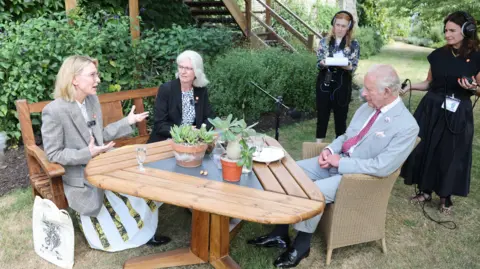 RBG Kew
RBG Kew
Cate Blanchett and a team from Kew met The King to talk about the seed bank
The conservation project was opened by The King - then the Prince of Wales - in 2000. He's taken part in a special episode of a Kew podcast about the project called Unearthed: The Need For Seeds with Cate Blanchett.
In the recording he talks about his concerns that many plant species are being lost.
"I know how absolutely critical it all is, and the destruction of rainforests, the extinction of endless species, which have very likely remarkable properties," he tells the podcast.
When the seed bank first opened, it was seen as a doomsday vault - a back-up store of seeds to safeguard wild plants from extinction.
But 25 years on, the collection is being used for a different purpose: to restore environments that are under threat.

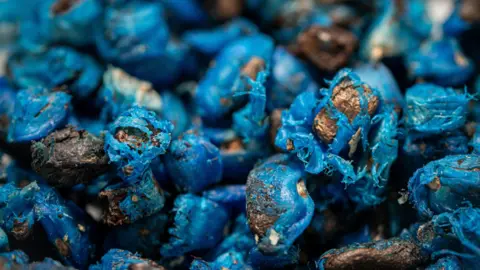 Tony Jolliffe/BBC News
Tony Jolliffe/BBC News
The MSB has more than 2.5bn seeds - including these blue Ravenala agathea seeds
"We want those seeds to be back out in the landscape," explained Dr Elinor Breman from the MSB, who's been showing Cate Blanchett the team's work.
"We're just providing a safe space for them until we can get them back out into a habitat where they can thrive and survive."
This includes projects like one taking place on the South Downs. A special mix of seeds from the MSB are being sewn to help restore the rare chalk grasslands there.
And this restoration work is being repeated around the world.
"We've been to every kind of habitat, from sea level to about 5,000m, and from pole to pole - literally," explained Dr Breman.
"And we're involved in restoring tropical forest, dry deciduous forest, grassland, steppe - you name it - we're trying to help people put those plants back in place."

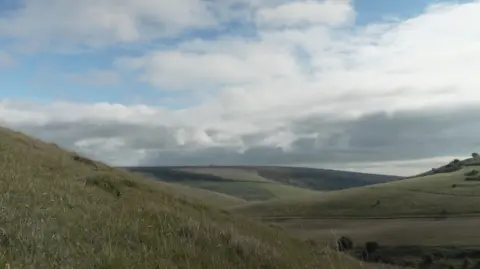 Kevin Church/BBC News
Kevin Church/BBC News
Seeds from the seedbank are being used on the South Downs in Sussex
The seed bank also helped to restore plants after intense wildfires swept across Australia in 2019. Cate Blanchett says this meant a lot to her.
"There are almost 9,000 species of Australian plant that are stored [at the MSB]. And we know that bushfires are getting increasingly more intense. And it's sad to say - but knowing that insurance policy exists, is of great solace to me."
Working as an ambassador for Wakehurst has meant that the actor has had a chance to get hands on with the seeds.
"Have I got dirt under my fingernails? Well, I'm trying to turn my brown thumbs green," she laughs.
"You know, living in Sussex, you can't not but become a passionate gardener. So I've had a lot of questions about how one stores seeds as a lay person, and I've learned a lot about that. My seed management has definitely, definitely improved."
And after spending so much time with the researchers at the MSB, is she at all tempted to swap the film set for the lab?
"I wish I had the skill - maybe I could play a scientist," she laughs.
Cate Blanchett describes the seed bank as the UK's best kept secret - and believes that over the next 25 years its work will continue to grow in importance.
"You often think, where are the good news stories? And we're actually sitting inside one," she tells us.
"You come here, you visit the seed bank, you walk through such a biodiverse landscape, and you leave uplifted. You know change is possible and it's happening."

 Movie
Movie 1 month ago
101
1 month ago
101 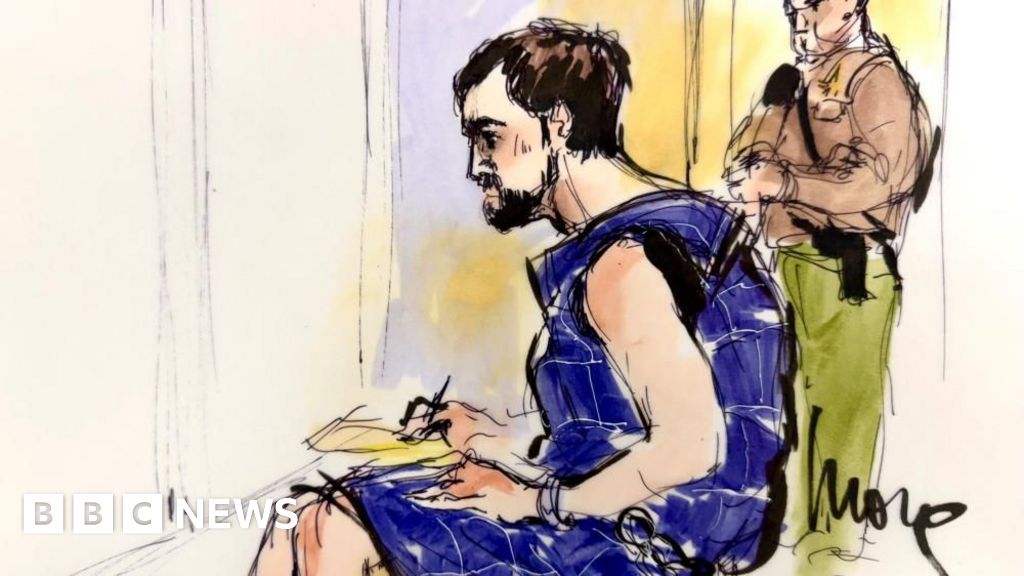
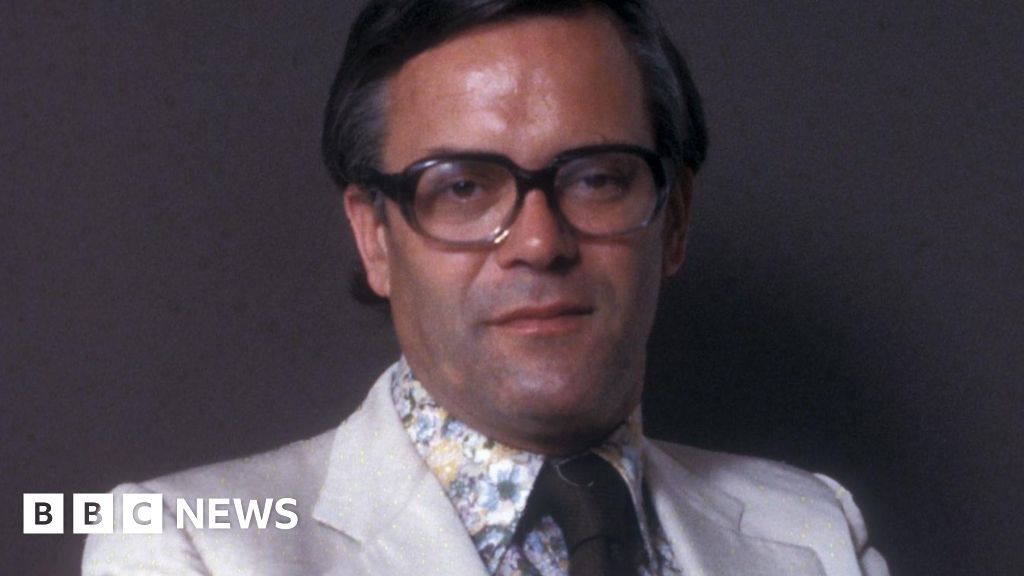

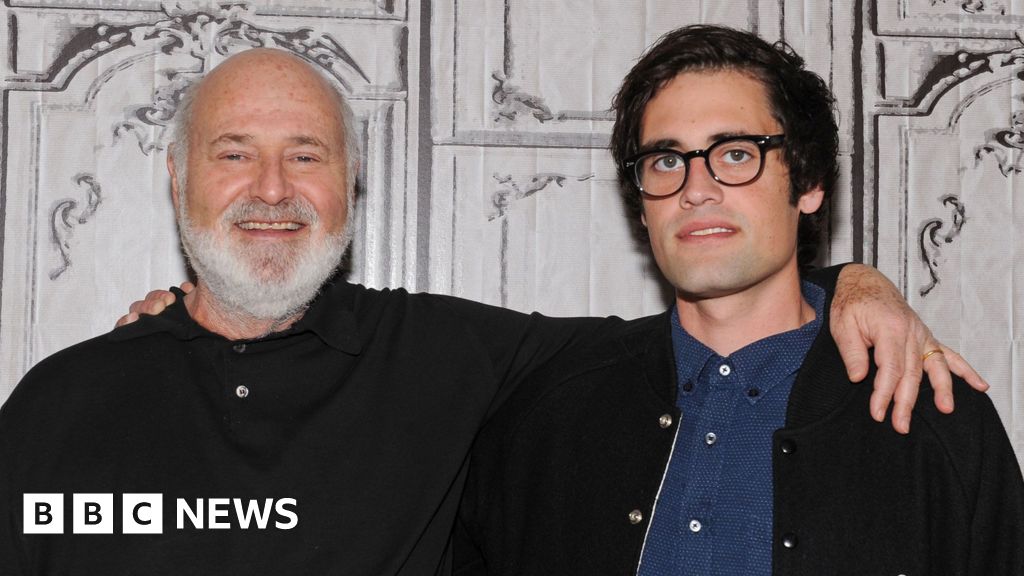
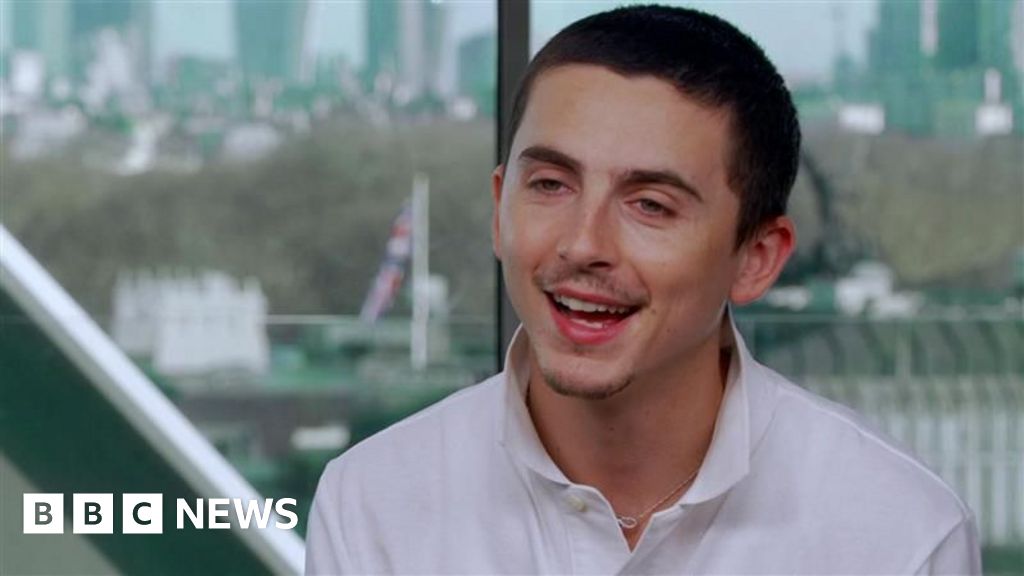
![Presidents Day Weekend Car Sales [2021 Edition] Presidents Day Weekend Car Sales [2021 Edition]](https://www.findthebestcarprice.com/wp-content/uploads/Presidents-Day-Weekend-car-sales.jpg)
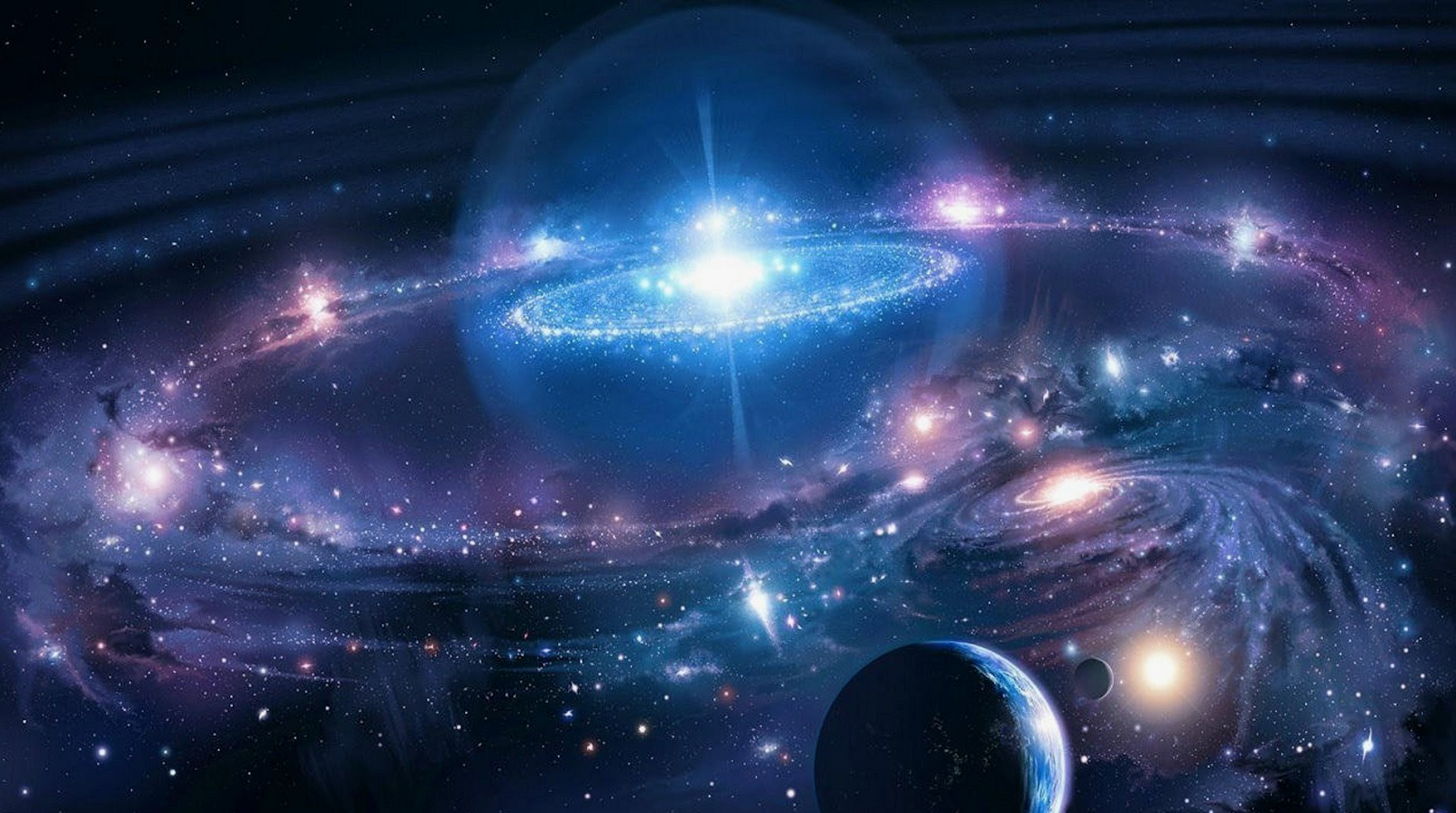

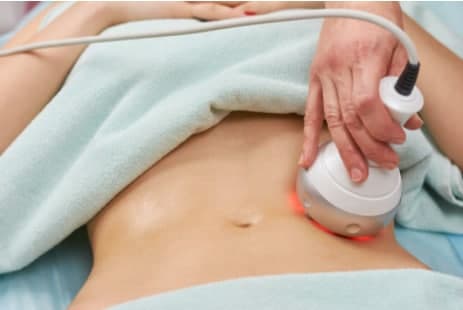

 English (United States)
English (United States)